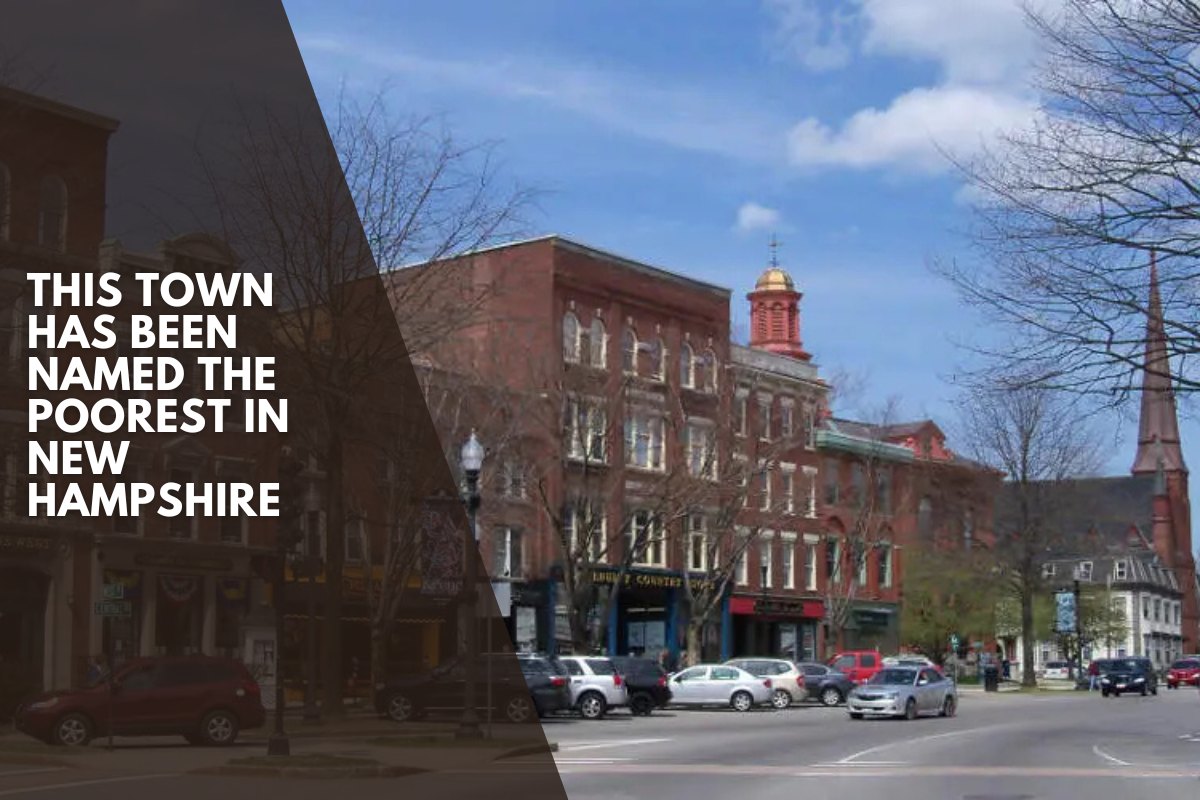New Hampshire is often seen as one of the wealthier states in the United States, boasting high median household incomes and relatively low statewide poverty rates. Despite this reputation, there are communities within the state that face significant economic challenges and higher rates of poverty. Identifying these areas helps reveal pockets of struggle amid broader affluence and informs policy decisions aimed at improving economic conditions for vulnerable residents.
The Poorest Town in New Hampshire: Ashuelot
Among New Hampshire’s towns, Ashuelot holds the distinction of being the poorest. According to available data, Ashuelot has a poverty rate of approximately 25.19%, the highest in the state. This means a quarter of its residents live below the federal poverty line, enduring economic hardships that affect access to housing, healthcare, education, and basic necessities.
Several factors contribute to Ashuelot’s economic struggles:
Limited local employment opportunities in rural areas
Declining industries that once sustained the community
Lower median household incomes compared to the state average
The town’s remote and rural nature makes it more difficult for residents to access resources and services that could help alleviate poverty.
Other Notably Impoverished Towns
Ashuelot is not alone in facing poverty challenges. Other New Hampshire towns with high poverty rates include:
North Walpole with nearly 22.87% of residents in poverty
Acworth with 21.49%
South Acworth with 21.26%
Durham with 17.01%
West Nottingham with 16.66%
These towns illustrate the broader issue of poverty concentrated in Northern and Western New Hampshire, regions that typically see higher poverty levels than the more prosperous Southeastern counties closer to the Boston metropolitan area.
Poverty by the Numbers in New Hampshire
While towns like Ashuelot have high poverty percentages, statewide data shows New Hampshire maintains relatively low poverty levels overall. The state’s median household income is notably high, and many communities enjoy economic prosperity.
Still, the rural northern and western parts of the state experience significantly higher poverty. Counties such as Sullivan and Coos have poverty rates exceeding 11%, compared to the statewide average that hovers around 7%.
Approximately 98,000 Granite Staters live in poverty, including about 20,000 children and 21,000 older adults. This highlights that even in states perceived as wealthy, a sizable portion of the population faces material hardship.
Efforts to Address Poverty
Local governments, nonprofits, and state agencies are working to reduce poverty through:
Expanding access to education and workforce training
Developing affordable housing solutions
Providing healthcare access and food assistance programs
Investing in rural economic development to create job opportunities
Efforts are particularly focused on the rural, more economically distressed regions to bridge the gap within the state.
Though New Hampshire enjoys overall economic strength, towns like Ashuelot remind us that poverty persists in America’s most prosperous states. The highest poverty rates in Ashuelot and nearby towns represent the ongoing struggles faced by rural communities. Continued attention, resources, and policy support are essential to improve living conditions and ensure economic opportunity reaches all Granite Staters.
Sources
[1](https://stacker.com/stories/new-hampshire/cities-new-hampshire-most-living-poverty)
[2](https://247wallst.com/income/2025/01/17/the-poorest-town-in-every-state-in-america/)
[3](https://949whom.com/the-10-poorest-towns-in-new-hampshire/)
[4](https://nhfpi.org/resource/rural-northern-and-western-new-hampshire-counties-have-highest-poverty-rates-while-southeastern-counties-have-the-most-granite-staters-in-poverty/)
[5](https://nhfpi.org/topic/income-poverty/)












